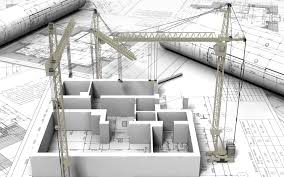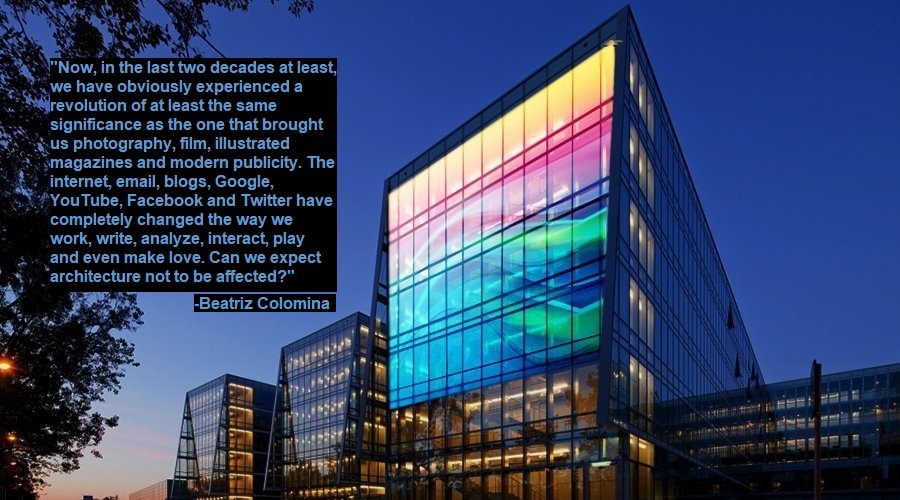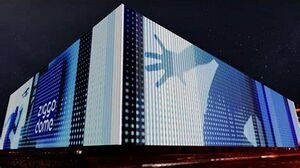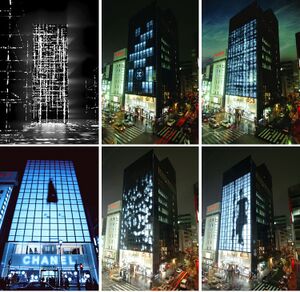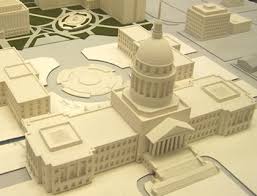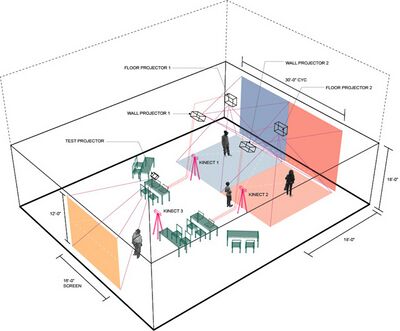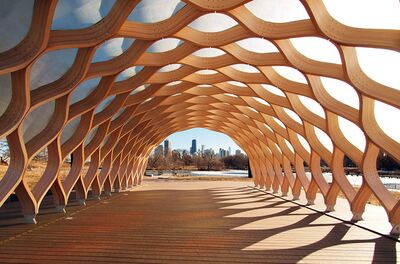Architecture
What is architecture?
Barack Obama defines architecture:
"It is about creating buildings and spaces that inspire us, that help us do our jobs, that bring us together, and that become, at their best, works of art that we can move through and live in. And in the end, that is why architecture can be considered the most democratic of art forms."—2011, President Barack Obama[1]
Architecture is from the Latin word architectura, which is formed from the words for architect.
Architecture Definition:
Depending on the context, architecture can refer to:
- any man-made building or structure
- a man-made building or structure that is important, large, or highly creative
- a carefully designed object, such as a chair, a spoon, or a tea kettle
- a design for a city, town, park, or landscape
- the art or science of designing and building buildings, structures, objects, and outdoor spaces
- a building style or method
- a plan for organizing space
- the flow of information on a Web page
- the planned design of any kind of system
- a systematic arrangement of information or ideas
Mediatecture
Every generation leaves an impression on their living space and overall architecture. Today our media hungry population, which relies so heavily on the internet, is realigning the relationship between physical and virtual space. Christoph Kronhagle, prominent media façade specialist coined this phenomena mediatecture.
Mediatecture, a collective word for media architecture, is a breakthrough in building design. Stemming from the roots of billboards or awnings and canopies above storefronts, new media advertising is now restructuring how buildings are designed. More importantly how building structures interact with the public and achieve response. Buildings are infusing the development of Web 2.0 or participative social web into structures to achieve the same results such as ease of use, interoperability, and user generated content. This enables the structure itself to adjust its conduct toward the end user. Altering the relationship between architecture, its public, and new media allows the user to be participative and social, the foundation blocks of Web 2.0.
Beatriz Colomina is one of the pioneers in relaying the connection between new media and architecture. In an interview, she suggests the revolution new media has had on all forms of civilization in the last two decades including "photography, film, illustrated magazines and modern publicity. The internet, email, blogs, Google, YouTube, Facebook and Twitter have completely changed the way we work, write, analyze, interact, play and even make love. Can we expect architecture not to be affected?"
She continues to state "I suppose in architecture we are also at the very beginning of something, and presumably in years to come somebody will be saying, "Look at the way these people were using new media to change the field." But for us it is probably still too hard to see."
Architecture has been influenced by types of media development over the last few decades. Additionally, the article discusses some of the more significant types of media architecture that have arisen over the last few years. Building space has popularly been used for advertising for many years, however with the development of technology we see many buildings moving away from a display of billboards and into a more digital display. For many years these digital displays were laid over the façade of the building, however in more recent times the architectural plans of the building include these new forms of media. The word “mediatecture” was coined to reflect this process.
The immediate thought for most when referencing mediatecture include visions of Times Square, Las Vegas and Tokyo. Many people immediately envision the bright flickering lights strung across buildings, reaching an audience of thousands, each completing with its neighbor. There are many different types of mediatecture. Some examples include, mechanical media surface, projections, computer animated lights, and more recently LED facades. As technology progresses and digital medias continue to develop, mediatecture will be an integral part of building planning and design.
Augmented Space
In 2002 Lev Manovich devised the title Augmented Space. He defined it to be “the physical space overlaid with dynamically changing information. This information is likely to be in multimedia form and it is often localized for each user” (Manovich, 2006a).
Media Façade
Some examples of a Media façade are listed below.
Ziggo Dome
The Chanel Ginza Tower
T-Mobile HQ, Bonn, Germany
SPOTS installation, Berlin, Germany
The Dexia Tower and the pavilion with the control interface, Brussels, Belgium
BMW Museum, Munich , Germany
La Vitrine Interactive media facade, Montreal, Canada
Blinkenlights installation, Berlin, Germany
UEC Iluma construction site with active media facade, Singapore
Transparent media facade of the Balance Tower water reservoir, Barcelona, Spain
Sequence of the 555 Kubik projection on the Hamburg Kunsthalle, Germany
Closing ceremony of the Olympics, London
The Spine installation displayed at Godsbanen in Aarhus, Denmark
i-City/Russian pavilion at the 2012 Venice Biennale © Patricia Parinejad
3D Technology
Technology has already changed the practice of architecture, and it has the potential to change it even more radically. In architecture, the rise of the 21st-century media landscape has created connective tissue where none used to exist: the day-to-day work of architecture used to be relatively obscure, and now it is spotlighted and deconstructed regularly. The most successful architects are not those who shun this newfound audience, but rather engage with it. [2] Using 3D technology, that is widely available today, architects can easily demonstrate to their clients renderings of their future construction, detailed architectural models in an array of materials, including rigid photopolymers ready for painting and finishing. They can even choose to provide a virtual guided tour of the building even before a single brick is laid. This has undoubtedly provided immeasurable convenience for architects.
Smartgeometry
An organization founded ten years ago by architects Hugh Whitehead, Lars Hesselgren, and J Parrish to discuss how digital tools and computational techniques are affecting architecture. [3] When the word “new media” is mentioned, most architects and designers think of the tools that are available to them in the design process, such as AutoCAD and BIM. This rapid development in technology has engendered different sentiments in designers. This not only made it difficult for designers and clients when communicating their visions and needs but also constrained the speed at which a project can be done. With the aid of digital cameras, iPhones, and similar media, designers can easily jot down their transient inspiration or instantly share their thoughts with colleagues or clients. Moreover, designers now can be working on several projects at once, which allows for more cross-referencing between projects.
Digital Fabrication
Technology is changing architecture. The world of computational design means architects are pursuing new frontiers where architecture can be generated through the writing of algorithms and software, where interactive physical mechanisms can be built that respond to their environment, adapting and evolving as necessary. Architectural invention and innovation. How designs use digital fabrication and material techniques to calibrate between virtual model and physical artifact. Is the design of the built environment using digital means. [4] Pairing up the processing power of high-end computers with advanced software allows us to integrate mathematics and computer programming languages into the design process toward the production of digital models. The linking of computational design to computational manufacture is redefining the practice of architecture.
References
- ↑ http://architecture.about.com/od/ideasapproaches/g/architecture.htm
- ↑ Taylor-Foster, J. (2014, June 9). The Role of the Architectural Discourse in the 'New Media Age' Retrieved from http://www.archdaily.com/640419/discussing-the-architectural-discourse-in-the-new-media-age
- ↑ Peters, B. (2013, April 12). How Technology Is Changing Architecture. Retrieved from http://thecreatorsproject.vice.com/blog/how-technology-is-changing-architecture
- ↑ Gramazio, F. (n.d.). ARCHITECTURE AND DIGITAL FABRICATION. Retrieved from http://ita.arch.ethz.ch/index.php/en/chairs/architecture-and-digital-fabrication
